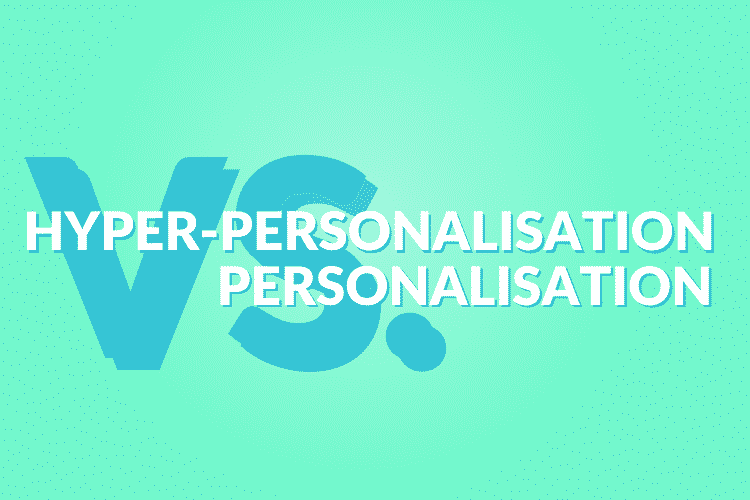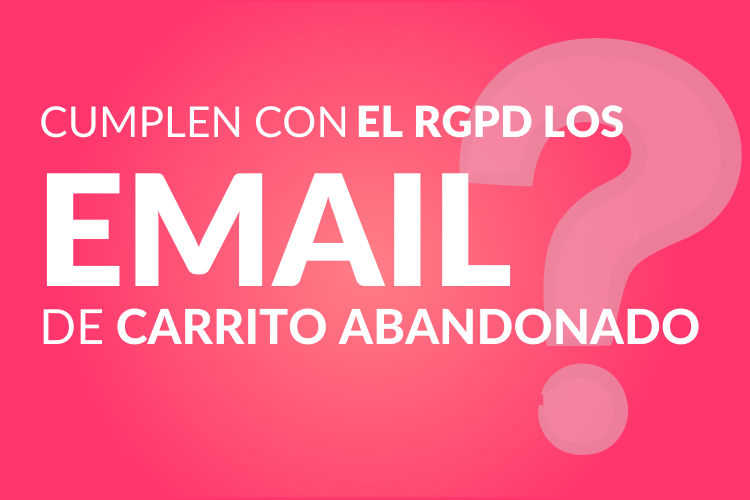Solutions
email marketing

Hyper-Personalization: What is it and How it Differs from Personalization
17 June 2021

Are Cart Abandonment Emails GDPR Compliant?
13 May 2021

Multi-Channel Marketing Strategy Orchestration
7 April 2021

Tips for a Successful Holiday Email Marketing Campaign
15 December 2020
